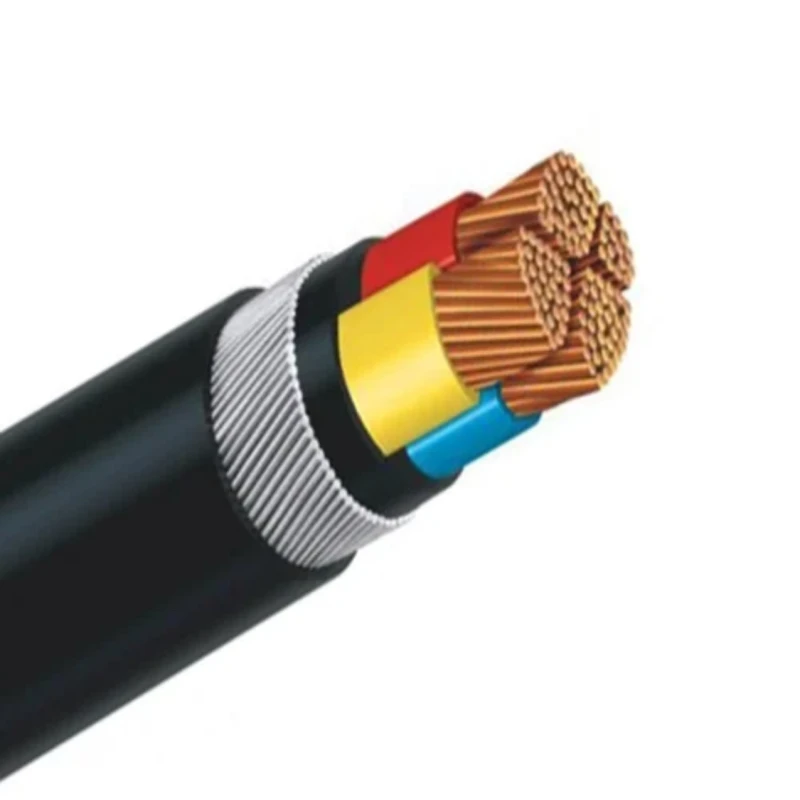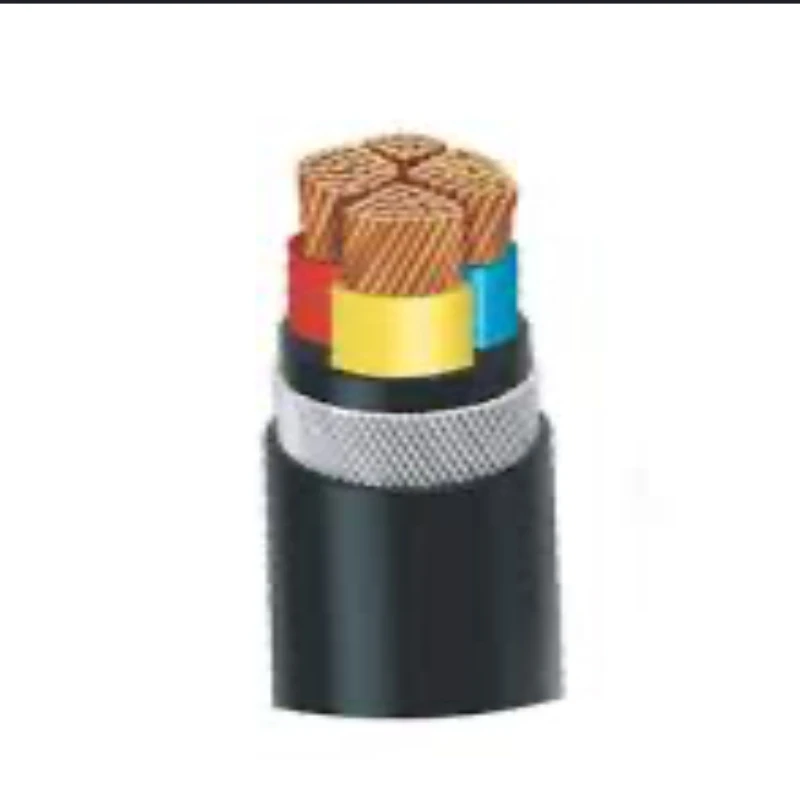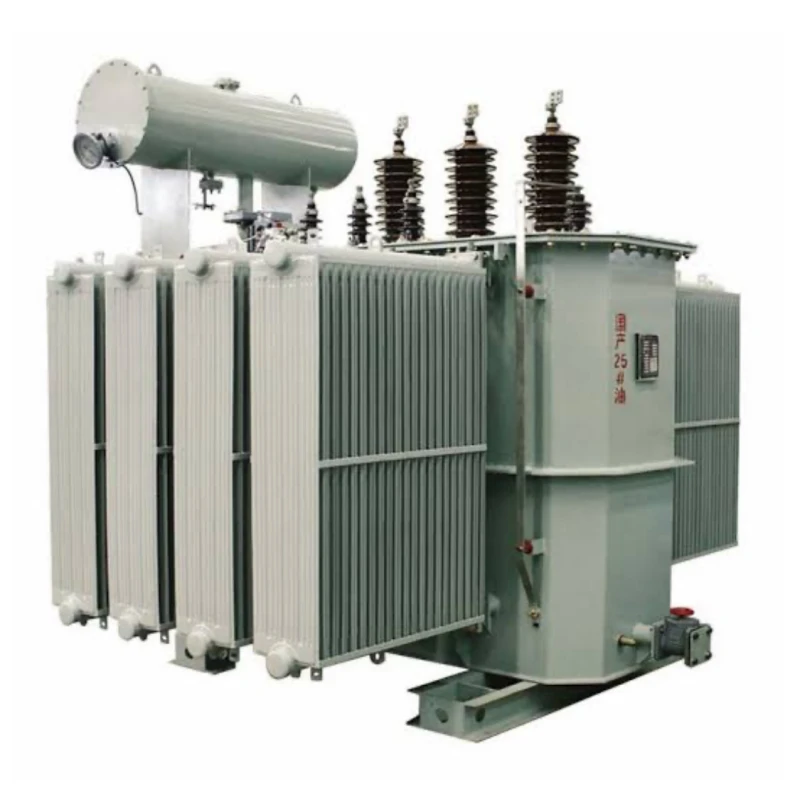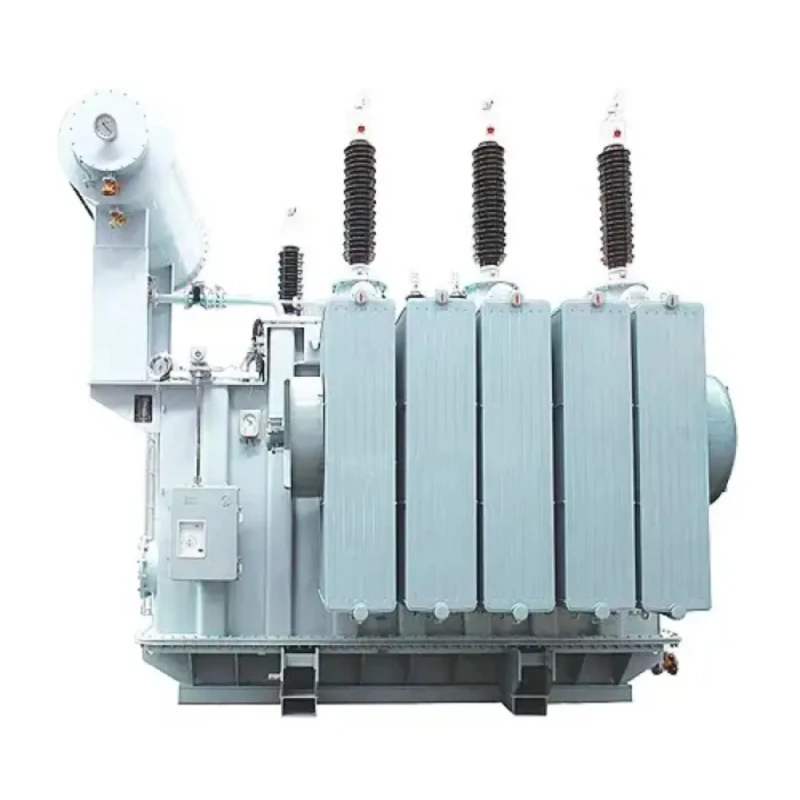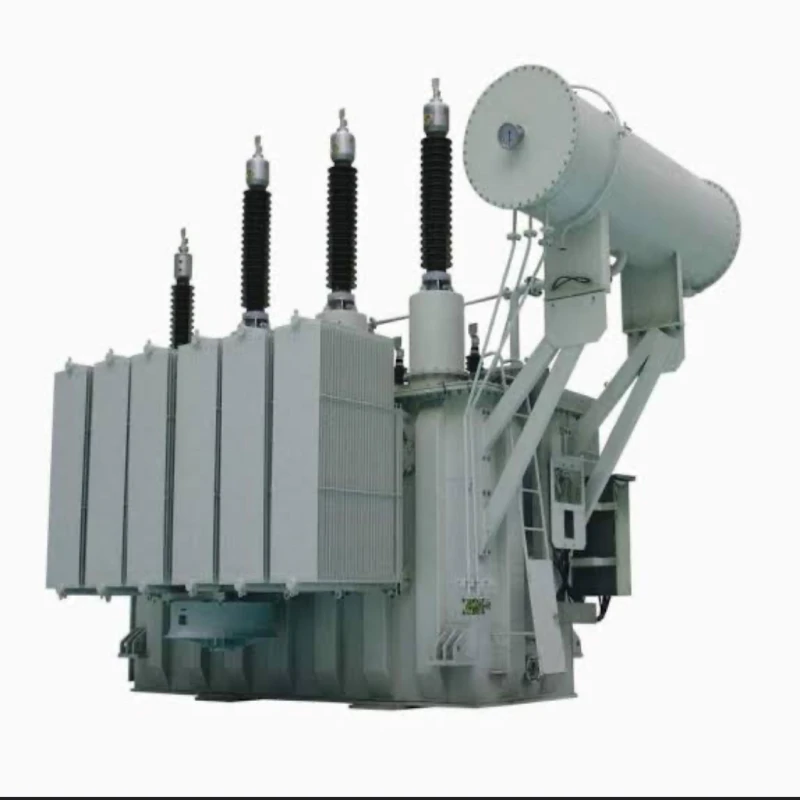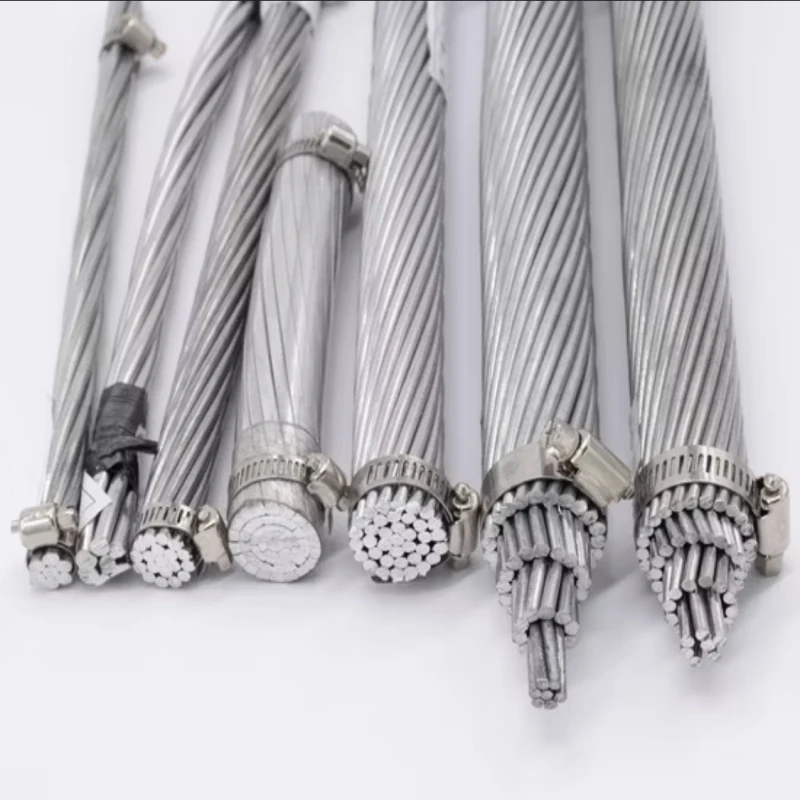-
This indicates the cross-sectional area of each conductor within the cable, meaning each of the four wires has a diameter equivalent to 2.5 square millimeters.
-
This means the cable contains four individual insulated conductors, allowing for the simultaneous transmission of multiple signals or power feeds.
-
Control cables are typically used to transmit signals for controlling electrical equipment, machinery, or processes, often in industrial settings.
-
These cables often feature stranded copper conductors for flexibility and electrical conductivity. The insulation is commonly made of PVC (Polyvinyl Chloride) or XLPE (Cross-linked Polyethylene) for electrical isolation, and they may also have a PVC sheath for overall protection. Some types may also include shielding (like copper wire or braid) for protection against electromagnetic interference and/or armouring (like steel wire) for mechanical protection.
-
2.5mm² 4 core control cables are used in various applications, such as machine tools, plant installations, conveyor systems, and control panels, where multiple signals or power circuits need to be managed.

 APPLIANCES
APPLIANCES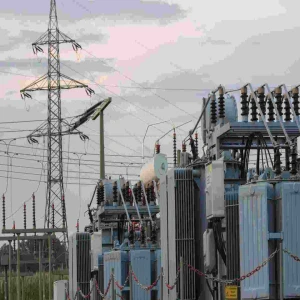 ELECTRIC AND POWER
ELECTRIC AND POWER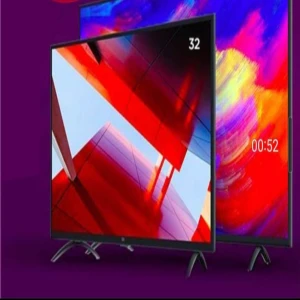 ELECTRONICS
ELECTRONICS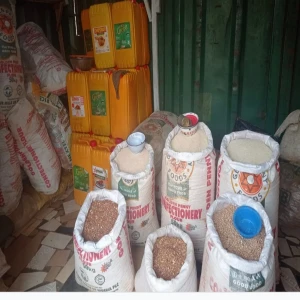 FOOD
FOOD GADGETS
GADGETS KITCHEN
KITCHEN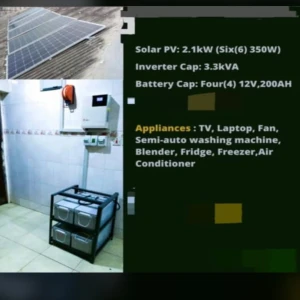 SOLAR SOLUTIONS
SOLAR SOLUTIONS